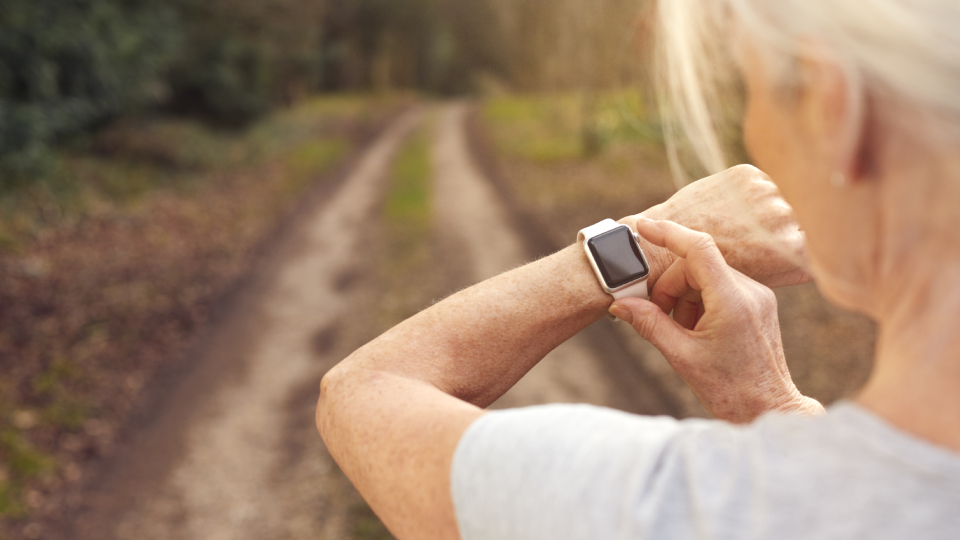Published in JAMA Oncology and led by the University of Sydney, Australia, in collaboration with other major institutions including Loughborough University (Professor Lauren Sherar), the study used data from wearable devices to track the daily activity of over 22,000 ‘non-exercisers’.
Researchers then followed the group’s clinical health records for close to seven years to monitor for cancer.
As few as four to five minutes of vigorous intermittent lifestyle physical activity or ‘VILPA’ was associated with a substantially lower cancer risk compared to those who undertook no VILPA.
Vigorous Intermittent Lifestyle Physical Activity, or VILPA for short, was coined by researchers at the University of Sydney’s Charles Perkins Centre to describe the very short bursts of activity—around one minute each—we do with gusto each day. This includes activities like vigorous housework, carrying heavy shopping around the grocery store, bursts of power walking or playing high-energy games with the kids.
“VILPA is a bit like applying the principles of High-Intensity Interval Training (HIIT) to your everyday life,” said lead author Professor Emmanuel Stamatakis of the Charles Perkins Centre.
He said adults who don’t exercise are at increased risk of developing certain cancers like breast, endometrial or colon, but until recently the impact of less structured forms of vigorous physical activity was unable to be measured.
“We know the majority of middle-aged people don’t regularly exercise which puts them at increased cancer risk but it’s only through the advent of wearable technology like activity trackers that we are able to look at the impact of short bursts of incidental physical activity done as part of daily living,” said first author Professor Stamatakis.
“It’s quite remarkable to see that upping the intensity of daily tasks for as little as four to five minutes a day, done in short bursts of around one minute each, is linked to an overall reduction in cancer risk by up to 18 percent, and up to 32 percent for cancer types linked to physical activity.”
The study is observational, meaning it isn’t designed to directly explore cause and effect. However, the researchers say they are seeing a strong link and refer to previous early-stage trials showing that intermittent vigorous physical activity leads to rapid improvements in cardio-respiratory fitness, which may provide a possible biological explanation for reduced cancer risk. Other likely contributors include physical activity’s role in improving insulin sensitivity and chronic inflammation.
“We need to further investigate this link through robust trials, but it appears that VILPA may be a promising cost-free recommendation for lowering cancer risk in people who find structured exercise difficult or unappealing,” says Professor Stamatakis.
The international research team includes investigators from the University of Sydney (Australia), University College London (UK), Harvard Medical School (US), University of Calgary (Canada), Maastricht University (The Netherlands), National Research Centre for the Working Environment (Denmark), The University of East Anglia (UK), Norwegian University of Science and Technology (Norway), Loughborough University (UK), and University of Adger (Norway).
What did the researchers find?
In a study sample of 22,398 people with an average age of 62 who didn’t exercise in their leisure time, the researchers found:
-2356 new cancer events (1084 in physical activity related cancer) over an average follow-up of 6.7 years
-A minimum of around 3.5mins of daily VILPA was associated with up to 18 percent reduction in cancer incidence (compared with no VILPA)
-4.5 mins of daily VILPA was associated with up to 32 percent reduction in physical activity-related cancer incidence
-The steepest gains in cancer risk reduction were seen in people who did small amounts of VILPA compared to those who did none, however, benefits continued with higher levels of daily VILPA - particularly for physical activity-related cancers
-Most VILPA (92 percent) occurred in bouts of up to 1min.
Study design
The current study analysed the impact of VILPA on overall cancer incidence, as well as for 13 cancer sites associated with physical activity; these include liver, lung, kidney, gastric cardia (a type of stomach cancer), endometrial, myeloid leukaemia, myeloma, colorectal, head and neck, bladder, breast and esophageal adenocarcinoma (cancer of the oesophagus).
The researchers used data from the UK Biobank Accelerometry Sub Study and only included those who identified as ‘non-exercisers’ – meaning they self-reported no leisure time exercise and no regular recreational walks.
They excluded study participants that could skew the results including due to previous cancer diagnosis or diagnosis within a year of enrolment. Other influences such as age, smoking status, BMI, cardiovascular disease, sleep, diet and hereditary cancer risk were also taken into account.
VILPA was accessed based on the participant’s activity levels as measured by wrist accelerometers worn over 7 days at study onset. This is consistent with other wearable studies as physical activity levels remain relatively stable at the population level over adulthood.
New cancer events were recorded via cancer registries, and hospitalisations or deaths attributable to cancer.
Next steps
“We are just starting to glimpse the potential of wearable technology to track physical activity and understand how unexplored aspects of our lives affect our long-term health – the potential impact on cancer prevention and a host of other health outcomes is enormous,” said Professor Stamatakis.
